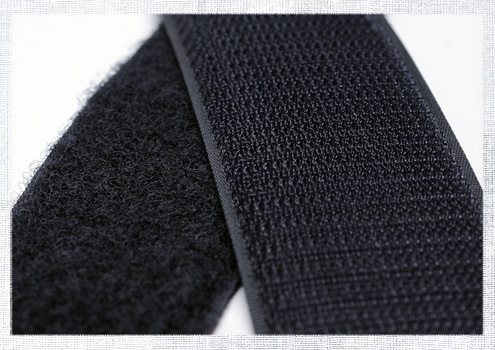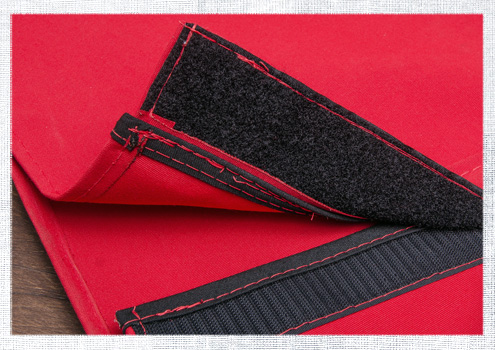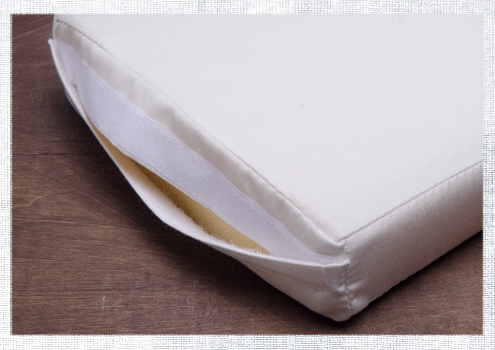Hook and loop, commonly referred to as Velcro®, is a ubiquitous fastener for a wide variety of applications. But did you know that hook and loop is a relatively recent invention? Or that it can be used underwater? These are just a few of the interesting things we’ll explore in this post that takes a deeper look at hook and loop.
How Hook & Loop Works
Hook and loop fasteners are made up of two components; the first has tiny hooks and the second has even smaller, fuzzy loops. When the parts are pressed together, the hooks catch in the loops and the pieces are temporarily bound together. They can be separated by pulling them apart. As the hooks are pulled from the loop they make a distinctive ripping sound. Most hook and loop can be opened and closed around 8,000 times before it begins to lose holding strength.
A Bit of Hook & Loop History
Hook and loop was conceived in 1941 by a Swiss engineer, George de Mestral, who was inspired by the burrs that stuck to him and his dog after going on a walk through the woods. De Mestral looked at the burrs under a microscope and discovered that they have tiny hooks that fasten to anything with a loop, like clothing and hair. He saw a possibility for two materials with similar features to have a practical use and began working to make his idea a reality.
The process of creating Velcro took de Mestral ten years to perfect. The first design was made of cotton, but it wore out too quickly. That’s when de Mestral turned to a new synthetic material; nylon. Nylon turned out to be the perfect material, especially for the hooks. De Mestral named his new creation Velcro, a combination of the French words “velours” (velvet) and “crochet” (hook). He applied for a patent in 1951 and it was granted in 1955.
Hook & Loop Today
While the word “Velcro” is commonly used today to refer to any hook and loop style fastener, it is actually a trademarked name for the Velcro Company, which was started by de Mestral in the 1950’s.
Hook and loop today is still most commonly made from nylon, but polyester versions are also available. Polyester offers better UV resistance than nylon when used in outdoor or marine applications. It also holds better underwater. Even on polyester hook and loop, however, the hook is always made of nylon. In a polyester product, the nylon hook is set on a polyester base.
Pros and Cons of Hook and Loop
Hook and loop is a great fastener for a variety of applications from holding cushions in place, to kids shoes, to keeping objects in place on NASA spaceships. Velcro has great strength, and is low maintenance. But perhaps one of its greatest advantages is the ease of use. Hook and loop are locked together with just a press of the fabric. It is so easy to use it can be operated by a runner mid-stride or by a small child.
Hook and loop fasteners do have a few drawbacks, though. While Velcro has great bonding strength, the hooks can often catch lint, dirt or other stray particles that can compromise its performance. The hooks can also grab onto other surfaces besides the loops and sometimes create damage to those other materials. Lastly, the noise hook and loop makes when tearing apart is often considered to be a drawback.
How have you used hook and loop? Have you ever used it for a unique project or in an ingenious way? Share your ideas in the comments.
See our great selection of marine hook & loop at www.sailrite.com.


